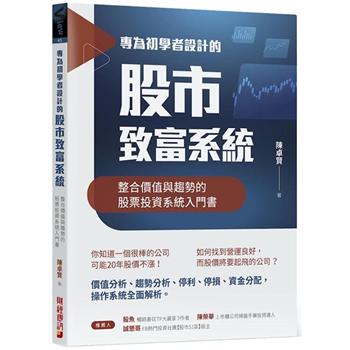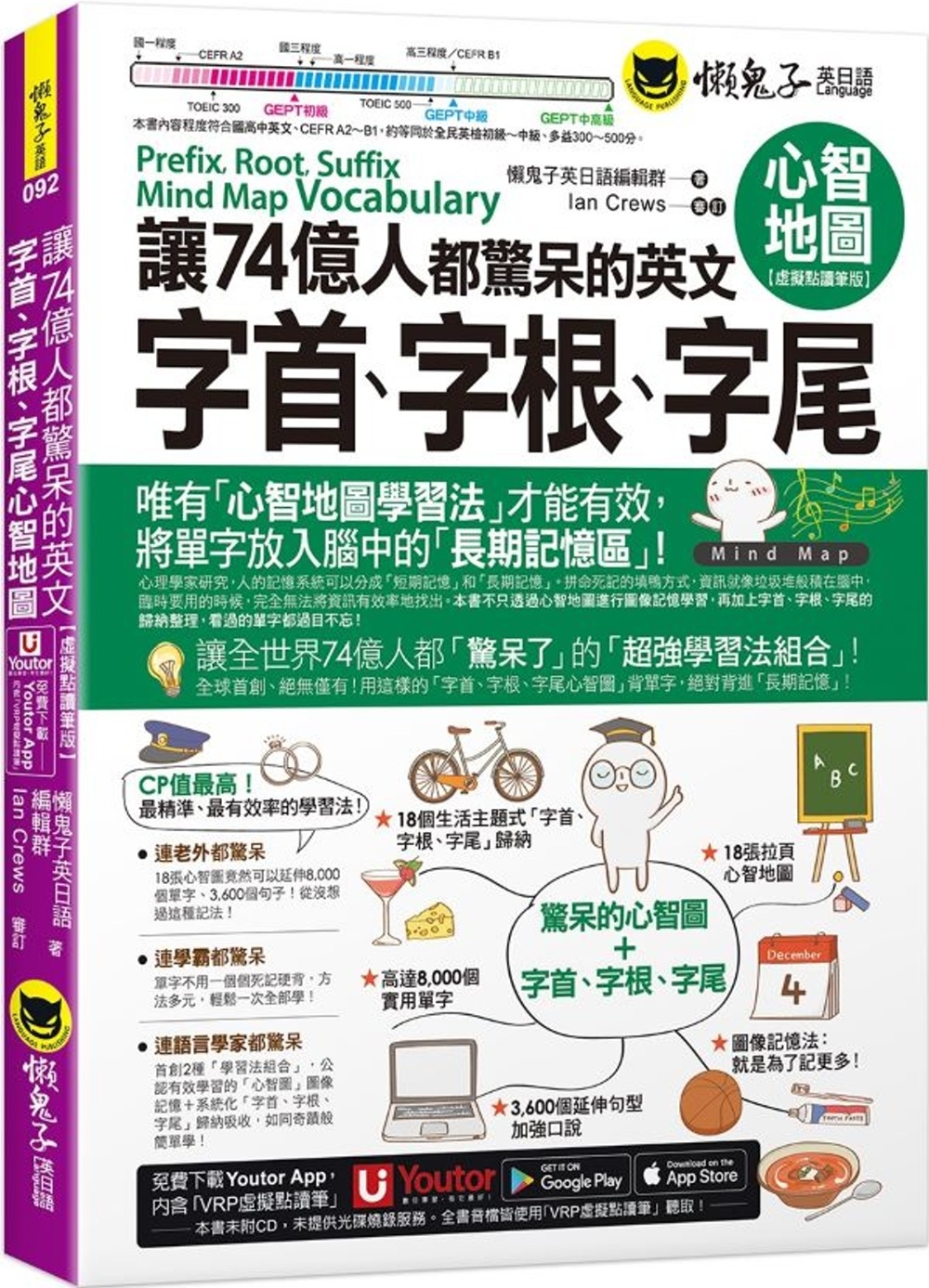The Trauma Story is at the heart of the medical and mental health care of persons who have survived violence. Over the past 30 years the Harvard Program in Refugee Trauma (HPRT) has cared for over 10,000 sufferers of extreme violence. HPRT through its scientific research has discovered the four major dimensions of the Trauma Story: 1) The "brutal" facts. 2) Cultural meaning of trauma. 3) Revelation. 4) Listener-Storyteller relationship that exist in all trauma narratives. The importance of the Trauma Story as an element of "self-healing" has also been revealed. The TSAT is a new journal approach for eliciting the trauma story and building on the survivor’s resiliency. The TSAT allows the listener to enter into an empathic dialog and discover their implications of their story for healing. This approach emerged from the new book Healing Invisible Wounds: Path to Hope and Recovery in a Violent World. The TSAT can be used by all health care and mental health practitioners.
| FindBook |
有 1 項符合
Trauma Story Assessment and Therapy: Journal for Field and Clinic的圖書 |
 |
Trauma Story Assessment and Therapy: Journal for Field and Clinic 作者:Mollica 出版社:Lulu.com 出版日期:2011-09-02 語言:英文 規格:平裝 / 58頁 / 22.86 x 15.24 x 0.36 cm / 普通級/ 初版 |
| 圖書館借閱 |
| 國家圖書館 | 全國圖書書目資訊網 | 國立公共資訊圖書館 | 電子書服務平台 | MetaCat 跨館整合查詢 |
| 臺北市立圖書館 | 新北市立圖書館 | 基隆市公共圖書館 | 桃園市立圖書館 | 新竹縣公共圖書館 |
| 苗栗縣立圖書館 | 臺中市立圖書館 | 彰化縣公共圖書館 | 南投縣文化局 | 雲林縣公共圖書館 |
| 嘉義縣圖書館 | 臺南市立圖書館 | 高雄市立圖書館 | 屏東縣公共圖書館 | 宜蘭縣公共圖書館 |
| 花蓮縣文化局 | 臺東縣文化處 |
|
|
圖書介紹 - 資料來源:博客來 評分:
圖書名稱:Trauma Story Assessment and Therapy: Journal for Field and Clinic
|











